What Is a Mind Map?
A mind map is a tool for brainstorming and drawing a graphic structure of thoughts and ideas. It may have happened to you that you are developing an idea or connecting several concepts, and you are f, frustrated by the scattering and disconnection of your train of thought. At this moment, the solution that usually comes to mind is writing, or more precisely, drawing a train of thought. You write a word, and it connects it to another word with an arrow, and this process continues to build a picture that can express your meaning to some extent.
It’s not weird. Well, now it’s good to know that all this time, you were using a psychological technique and using a tool we call a mind map. A mind map is a way to organize thoughts, ideas, and mental structures, which is a problem solver for many brainstorming sessions, and even beyond that, it is also used in summarizing and showing work diagrams.
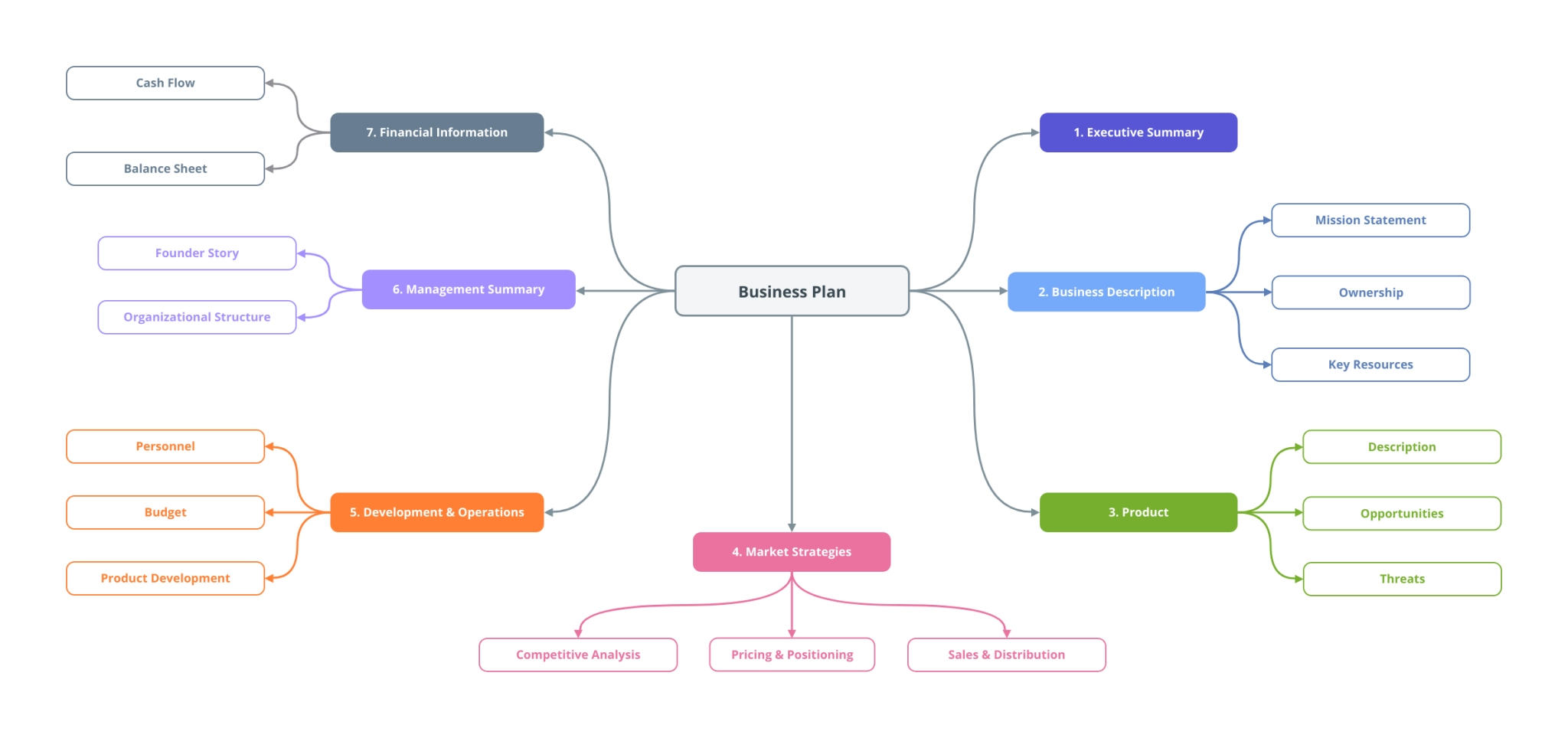
Of course, drawing an efficient and standard mental map has its principles, and by learning the primary method of using it, we can multiply our mental and working capacity. In this article, we will start from the first sparks of the emergence of this method and get to know the drawing method and its advantages step by step, so stay with us until the end of this article!
What is a mind map?
A mind map is a graphical representation of information. Unlike the traditional method of linear note-taking, where points are written one after the other on paper, the mind map method allows us to draw thoughts, ideas, and keywords on a blank page like a canvas. These ideas are arranged in a two-dimensional structure, with the main idea or theme always placed in the center of the map for importance and better visibility.
Ideas related to the main topic are placed on branches connected to the center or the same central idea, creating a radiating structure. These are general principles, but we know that the emergence of the mind map method is as old as the history of human thought, and therefore there may be disagreements in some drawing methods. But what we know today as a mental map, where was it first introduced?
Who invented the mind map?
For the first time, an English psychology writer named Tony Buzan proposed creating a mental map by presenting specific characteristics and principles. He suggested that in the traditional note-taking method, the reader should read the information from left to right (in English) and from top to bottom. At the same time, this orientation is different from the mind’s method of receiving information, which is non-linear. Bozan also uses hypotheses about the different hemispheres of the brain to reconcile the function of mind mapping with the part of the brain and promote it as the correct note-taking method.
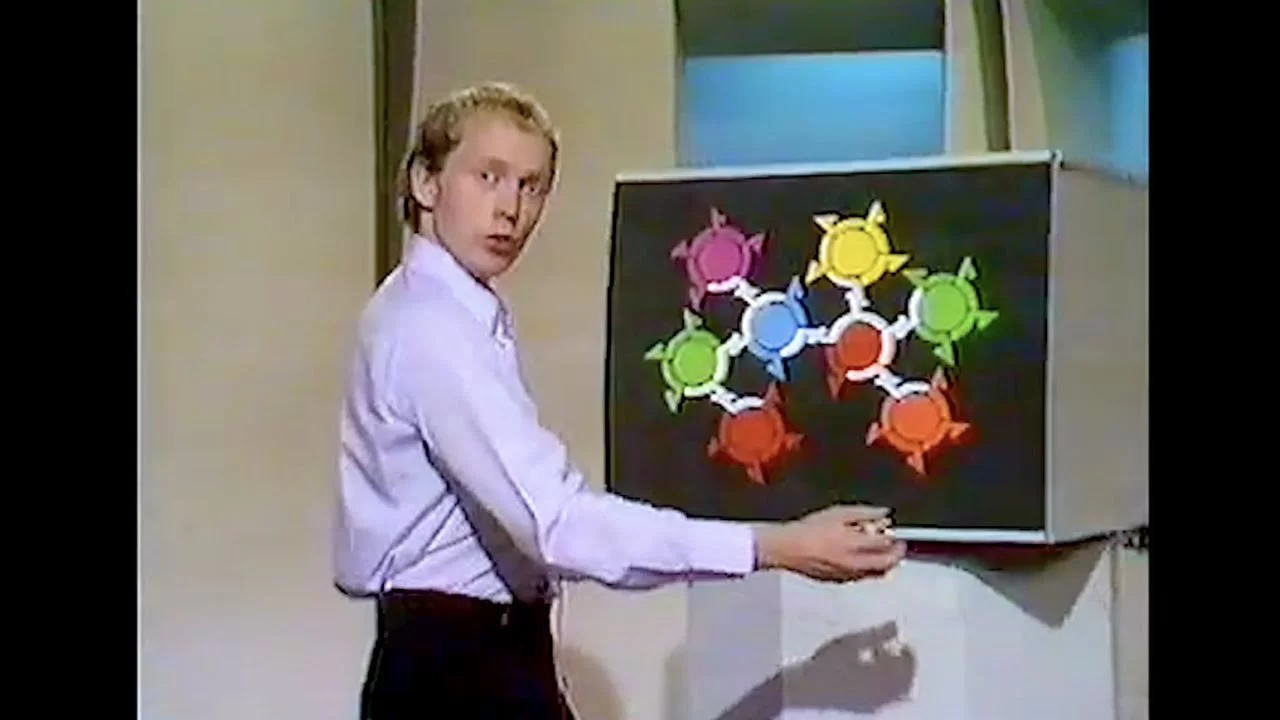
The basic theory behind mind mapping
If you examine the functioning of the brain and the memory system, you will notice the excessive extent of its capacity and ability. Accordingly, the mind map method is a tool that deceives, delights, stimulates, and challenges you. The mind map method overcomes the traditional obstacles to thinking. With its help, you get to know the ability and power of creativity of your mind and engage in imagination with an open mind. All mind maps have a relatively similar structure.
They have a natural and orderly structure that starts from the center of the page and consists of lines, symbols, colors, words, and images to match the mind’s design. In drawing a mind map, a large amount of boring and monotonous information is included in a colorful and very organized diagram that can be easily committed to memory. A simple way to understand a mind map is to compare it to a map of a city.
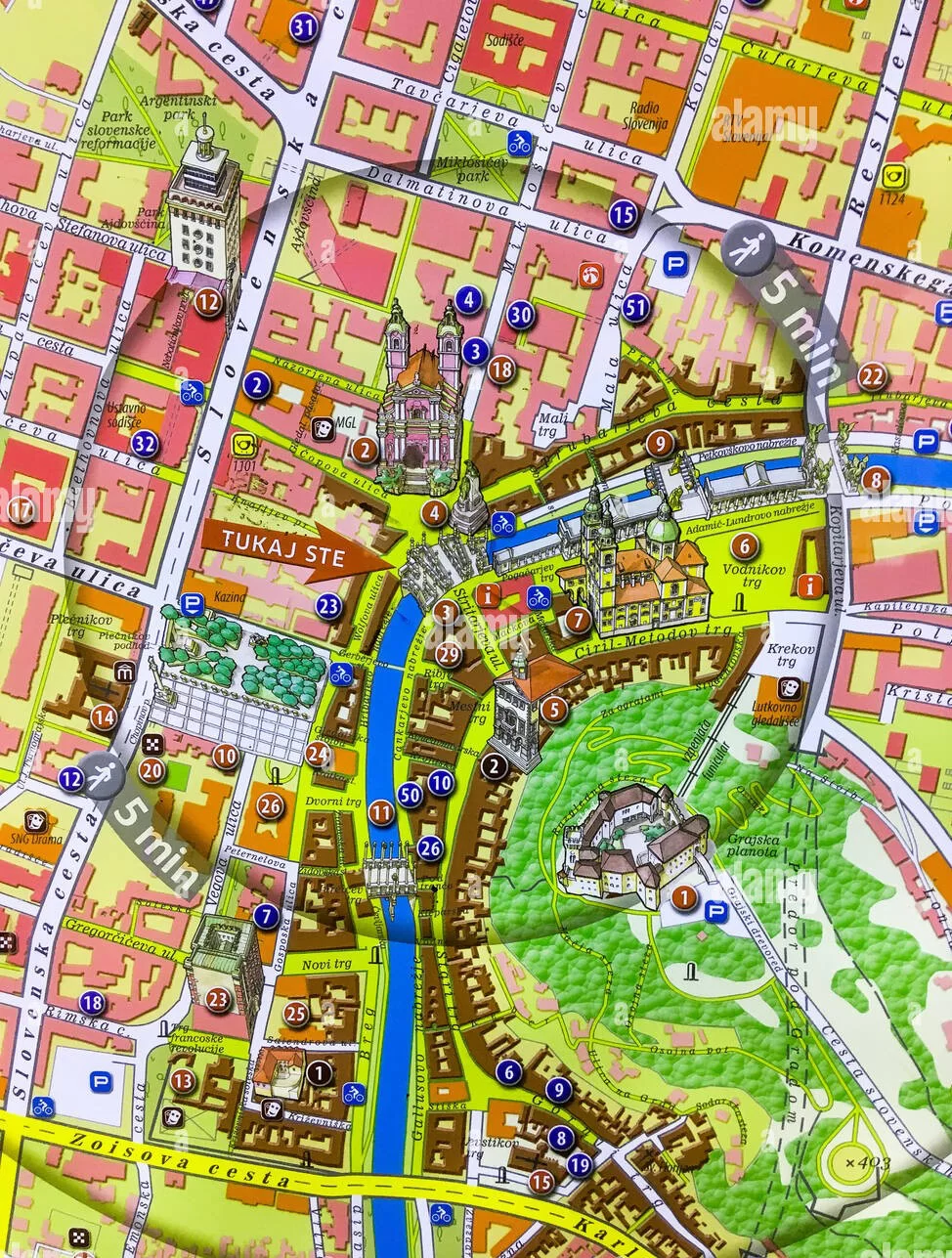
The city center represents the main idea. The main roads of the city that originate from the center of the town represent the critical thoughts and concepts in your thinking process; Paths or sub-branches of view display lower importance and the pattern continues in this way. Certain images or shapes can represent a specific idea or concept.
A mind map is an external reflection of your natural, centered thinking, displayed with the powerful tools of images and colors. It provides a universal way to unlock the potential of the human brain. On the one hand, the chain of information and the use of colors and visual effects successfully activate both hemispheres of the mind and allow you to access your most excellent mental capacity.
How to design a mental map?
So far, we have learned about the essential nature of the mind map and introduced the theory behind it and its history. We know that drawing a mind map for any purpose has principles introduced by Tony Buzan and evolved. Correct implementation of these principles can help you to remember the map better. After familiarizing ourselves with these basic principles, we will go to the online tools we can use to create digital mind maps, but before that, let us see what steps should be taken to design a practical mind map.
Start with the central concept.
Before starting, determine your primary purpose for designing a mind map and write it down. Since a mind map begins from the center and expands around, your main idea should be in the center of the diagram. Your central concept could be something like the following:
- The issue you are trying to work on
- A project you want to brainstorm for
- A problematic concept you are trying to learn
Let’s assume you will write an essay about Benjamin Franklin, an 18th-century politician. The life of a person like him has many aspects, and remembering all its details without a clear structure will not be an easy task, but we don’t have such a problem because we will use a mind map! Franklin is your primary concept and takes center stage because you thoroughly research him and examine his life and activities.

Add branches to the central concept.
Now that you’ve determined the mind map’s main topic and purpose, add branches to select the most basic subtopics to the central concept. These branches are supposed to help you structure and organize information. Don’t worry about adding details; we will cover them in the following steps, and consider space for all of them.
In the case of Benjamin Franklin‘s mind map, the main topics should be the branches that describe his life. For example, we connect the four essential attributes of Franklin’s life, i.e., entrepreneur, politician, scientist, and patriot, in the form of four branches to the central concept of Franklin. In later steps, we will add more details to the map after adding sub-branches.

Search topics by adding more categories.
Were you waiting to add details? Well, the time has come! Once you’ve added the main topics to your initial concept, branch off each branch by adding relevant facts, and keep doing this until you run out of valuable information! The essential concepts should be closer to the main idea than other information. As much as the radius of our project increases and we move away from the main idea, the importance of information decreases.
Add images and color to your design.
It’s time to color the game! According to the order and importance of the content, assign a color to them. For example, the first information group closest to the main idea can be orange, the sub-branches are green, and the last branches are yellow, just like what you see in the figure below. These colors will help you remember and understand the importance of the content. You can also use different signs and symbols to personalize your mind map.
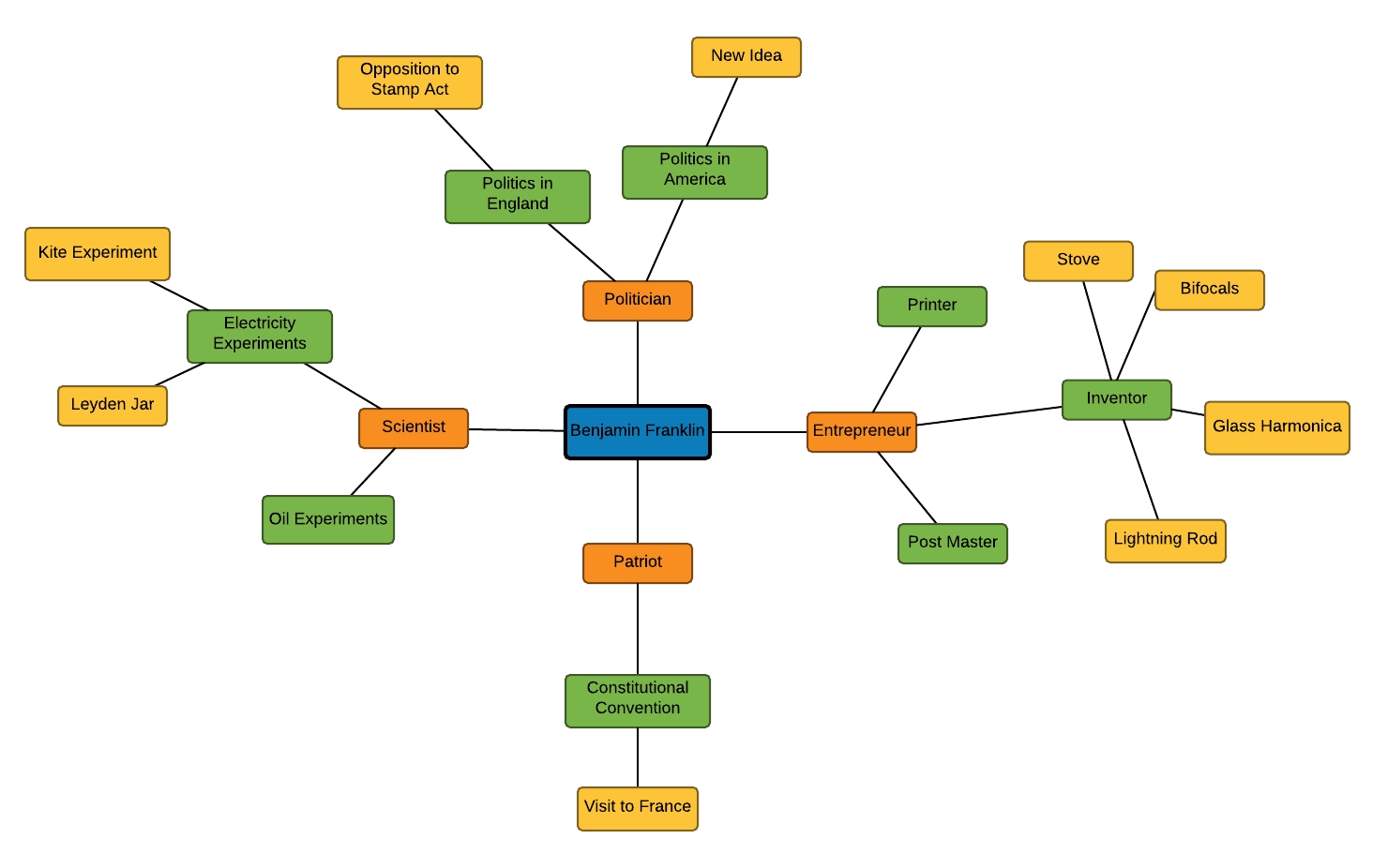
Why should we use a mind map?
If you have noticed, we used words like design, drawing, image, and color to discuss mind maps. The main idea of the mind map is based on converting language into an image; Aristotle believed that the human soul could never think without imagery. Whatever concept you think of, an idea, however dumb, will form in your mind, which is the human brain’s property. If we want to be more precise about the necessity of using a mental map, we must say that:
A mind map gives structure to the information.
A mental map can organize a large amount of information and give them structure and order. A mind map shows the hierarchy of importance offers the connection between different ideas, and with its help, you can see the overall picture of the concept in just one glance. These capabilities make the mind map a tool that you can use to present information to others, build a pool of knowledge, and solve complex problems.
The mind map increases the coherence of the content.
Mind mapping has proven to be a popular and effective learning tool in school and university settings. Students can absorb large amounts of data faster than before by structuring information in a way that matches the visual learning method and by turning long texts into short titles in a mind map. It is interesting to know that research has been done in this field in our country.
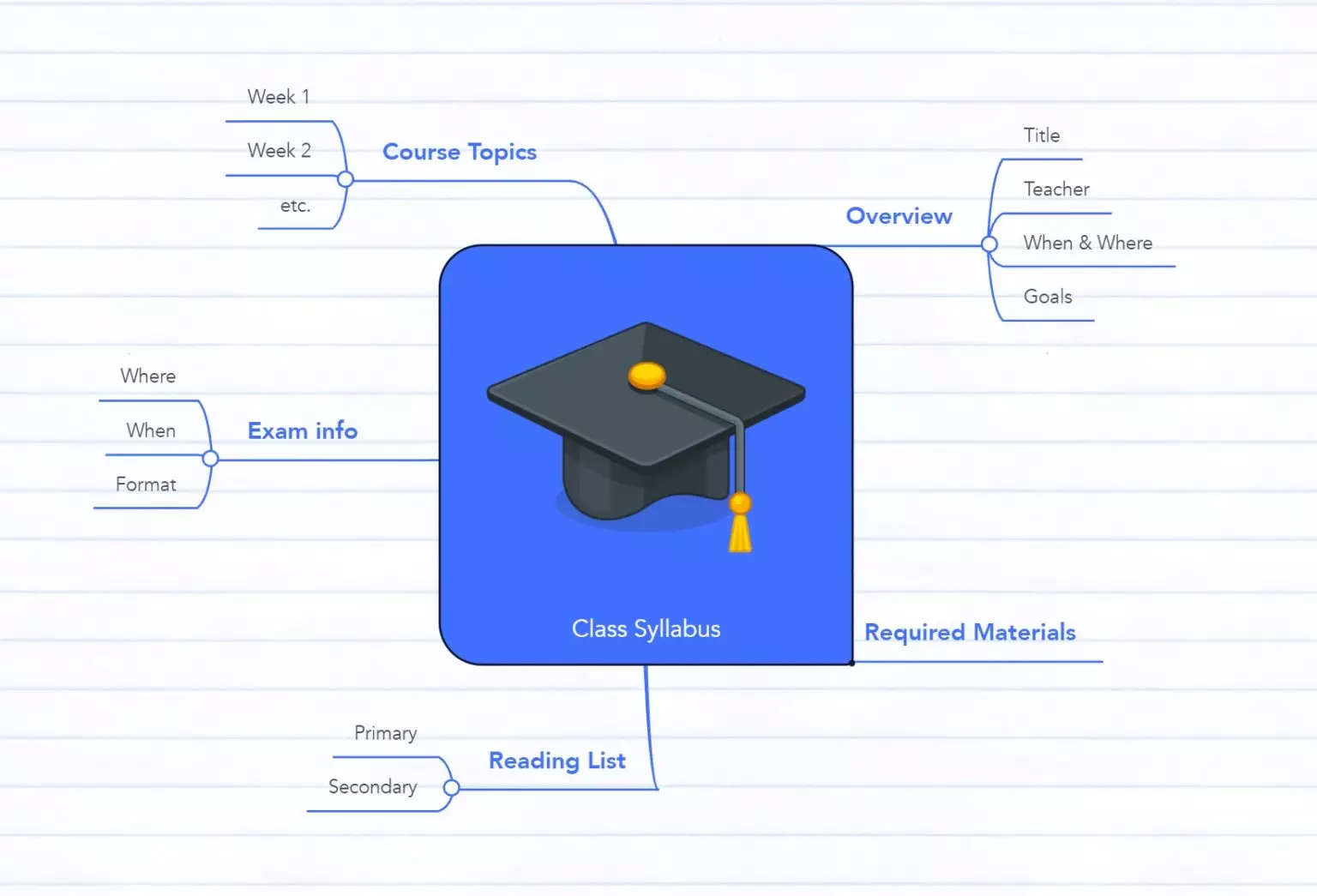
Mind mapping improves productivity.
The benefits of using mind maps are not limited to education; A mind map can also be helpful in business. A mind map helps you learn faster, communicate better with others, and share ideas more effectively. That’s why every day, more and more businesses are using digital mind-mapping tools to maximize the productivity of their teams.
Whether planning a project, writing a scientific paper, or trying to memorize a long text, using a mind map will help you save a tremendous amount of time. According to research published by the mind map software blog, using a mind map increases productivity by 23%.
Mind mapping fosters creativity.
Two things make a mind map the best brainstorming tool. First, the design of a mind map simulates the brain’s functioning in a way that no other device can imitate, fostering a creative flow of information. Second, a mind map lets you quickly transcribe your ideas and create an almost frictionless thought organization.
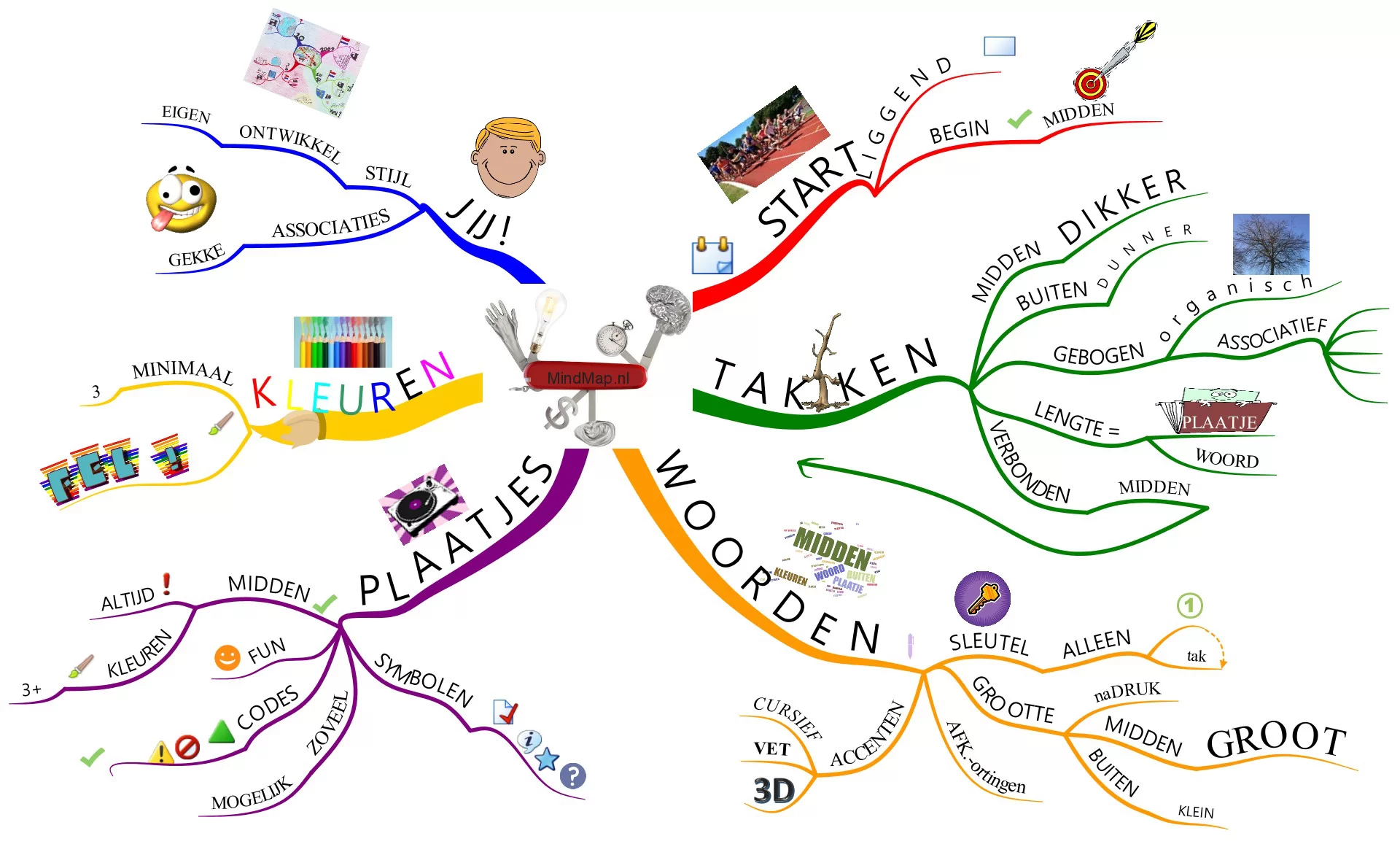
A mind map helps the memory remember things.
A mind map displays information visually. They have powerful mental stimuli, such as images, colors, shapes, and connections, that help our brain process and retain large amounts of data. Research shows that mind mapping can improve memory by about 10-15%, and sometimes even this figure goes up to 32%. This point is even more interesting because students with learning difficulties such as dyslexia or high-functioning autism have reported finding mind mapping a valuable learning aid.
The right tool for designing a mind map
Now that we have familiarized ourselves with drawing a mind map and examining its benefits, it is time to act! One of the advantages of a mind map is that you can design a mind map without the need for advanced tools, with just a piece of paper and some colored pencils. But thanks to the advancement of technology, now there is various software that can make the job even easier!
You can design a digital mind map with the help of the software mentioned below and use it to present materials at school, university, or workplace, or you can develop your idea with the help of a mind map and use it for review. Email your boss or colleague; mind mapping is endless,s, and where and how you use it depends on your desire and creativity. The software we review below is one of the most famous in the mind map world. Let’s get acquainted with the possibilities of each.
ClickUp
Click-Up is a mind-mapping software designed for planning and organizing projects, ideas, and more. Click-up mind mapping capabilities allow you to draw lines of communication between projects and tasks, visualize the workflow and structure of projects and tasks, and create and manage tasks directly from your visual roadmap.
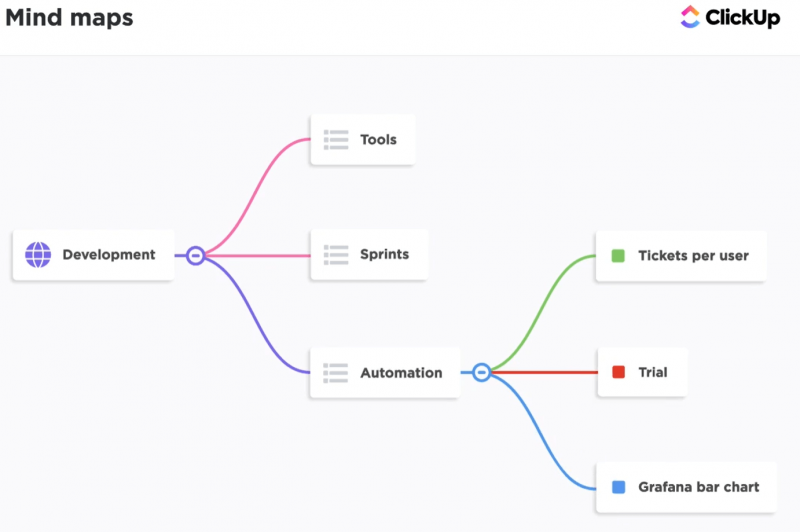
Advantages:
- The possibility of designing 100 mind maps using a free plan
- Continuous updates with new or improved features
- Ability to easily convert map nodes into tasks
- There are many additional chart and chart options to choose from, including Gantt and Kanban charts
Disadvantages:
- unlimited mind maps are only available in business and enterprise editions
- The smart ear app is a bit slow
- Editing permissions are not available in the free version
Mind Master
Mind-Mister software is an award-winning mind-mapping tool with powerful integrations. Mind-Mister optimizes your teams’ web-based brainstorming, creativity, and collaboration. With its help, you can visually capture, develop and share ideas. The map editor is a blank canvas with endless customization capabilities.
Using the design history feature, you can go back to any previous edits you need. If you don’t have the patience for graphic designs, you can choose from a wide range of beautiful and ready-made themes. Mind-Mister provides everything you would expect from mind mapping software.
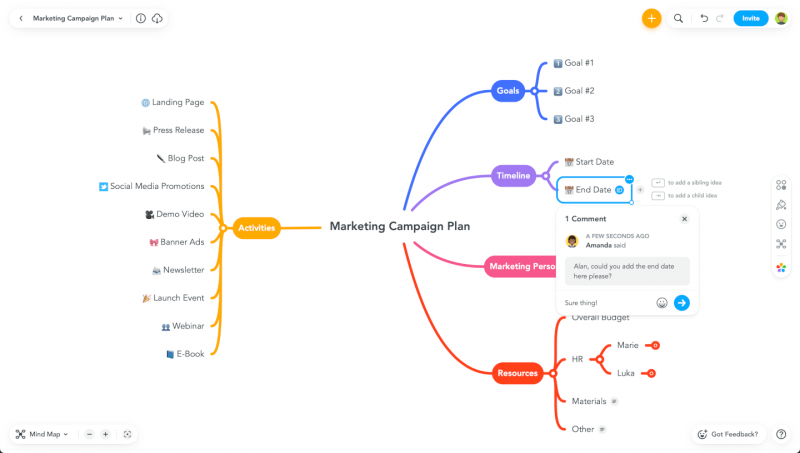
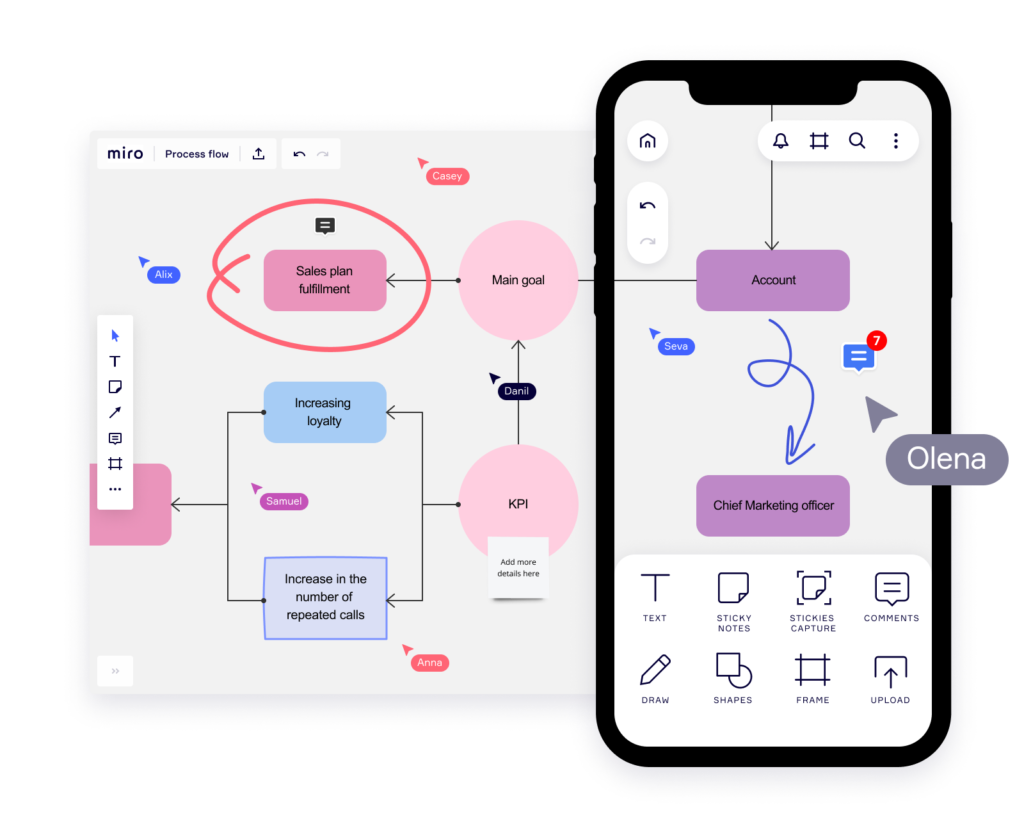
Advantages:
- The plan is always available for free
- It is easy to set up and configure the boards
- There are built-in communication features for easy collaboration
Disadvantages:
- Visitor/guest accounts only exist on paid accounts
- Zooming in on large projects is a bit difficult
- Free versions do not allow high-quality PDF output
Microsoft Visio
Microsoft Visio is a visual diagramming tool that works well for mind mapping and other activities, such as designing visual presentations. Suppose you are currently using the Office 365 suite. In that case, Visio is a good option because Visio can receive your data from Office 365 and visualize it instantly with the charts and tables that you have prepared in Visio. to display
Like other programs in the Office suite, Microsoft Visio has numerous features. Depending on the version of the office suite you have installed on your system, Visio might already be installed on your system; it doesn’t hurt to check. Of course, Visio is not a special software for designing mind maps. Still, it is intended for developing any type of visual presentation, including diagrams and flowcharts, and creating mind maps is only one of its many capabilities.
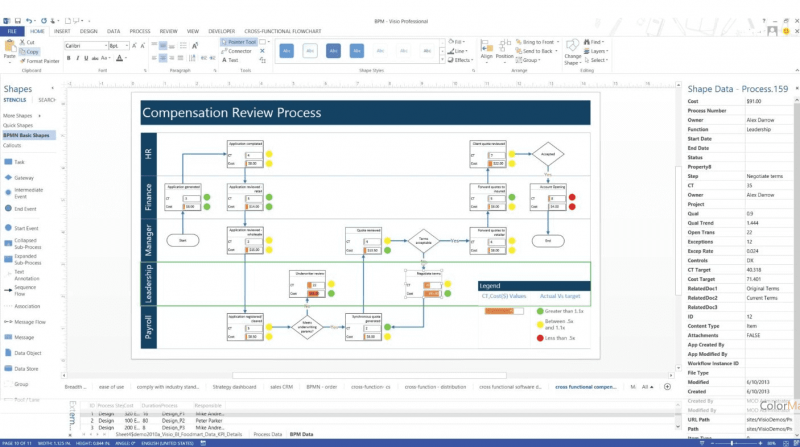
Advantages:
- Powerful library with a large number of ready-made templates
- The best option for writing UML diagrams
- It has more than 250 thousand ready-made shapes
- Having ready blocks and diagrams
Disadvantages:
- It runs late on older computers
- It has a complex user experience and a feature list
- There is no customization for predefined shapes

In this article, we learned about the mind map from its beginning to its application in various fields and how to draw it, and we examined different software for designing a mind map. Now you can use the mind map in multiple ways according to your taste and needs to improve the efficiency and learning of yourself or your organizational teams.
What is your experience? Have you used this mind map before? Has the mind map been able to help you in learning and productivity? In the comments section, you can express your experiences using mind maps, ask your questions and respond to other people’s comments; we will answer your questions as soon as possible.
We look forward to reading your comments!

